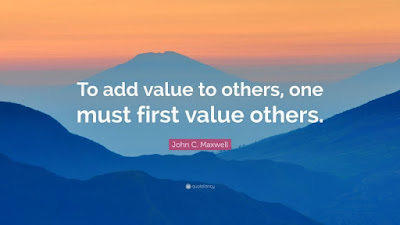There are several things you can do to make your unproductive time more productive:
Identify the cause of your unproductive time: Before you can start working on improving your productivity, you need to figure out what's causing your unproductive time. Are you tired, bored, or feeling overwhelmed? Once you know the cause, you can take steps to address it.
Prioritize your tasks: Make a list of the tasks you need to complete, and prioritize them based on their importance and urgency. This will help you focus on the most important tasks first and make the most of your time.
Set specific goals: Instead of just trying to be more productive, set specific goals for what you want to accomplish during your unproductive time. For example, if you have an hour of free time, set a goal to read a chapter of a book or complete a certain number of work-related tasks.
Take breaks: It may seem counterintuitive, but taking regular breaks can actually help improve your productivity. When you're feeling unproductive, take a short break to recharge your batteries and come back to your work refreshed.
Use technology to your advantage: There are many productivity apps and tools available that can help you stay focused and organized. Try using a task management app or a time-tracking tool to help you stay on track.
Get organized: A cluttered workspace or disorganized schedule can make it hard to be productive. Take some time to organize your workspace and schedule, and you may find that you're able to get more done in less time.
Remember that everyone has unproductive time from time to time. The key is to recognize when you're feeling unproductive and take steps to turn that time into something more productive.














